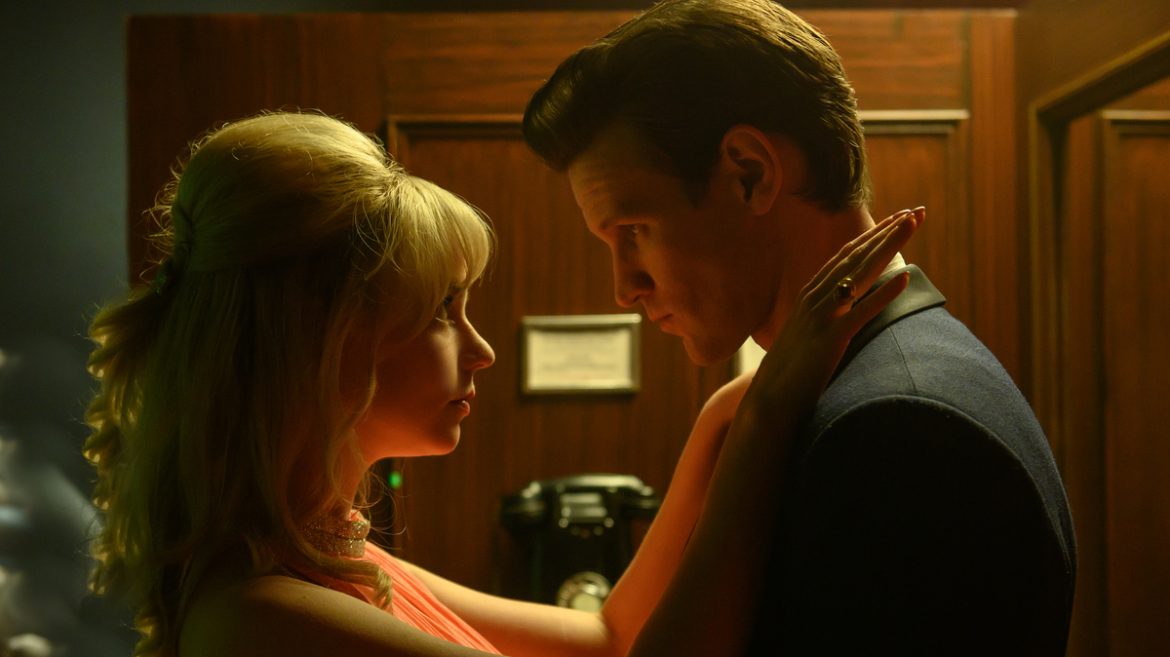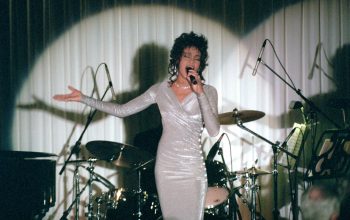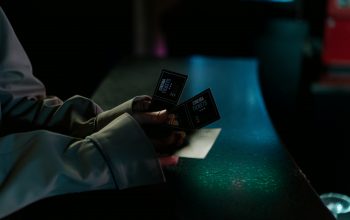Director Edgar Wright, known for films like Hot Fuzz and Baby Driver, is back with Last Night in Soho. His new effort is a horror film starring 60s-obsessed Ellie (Thomasin McKenzie) who moves from Cornwall to Soho to study fashion.
As she moves into her new accommodation, Ellie sees visions of the 1960s and the life of Sandy (Anya Taylor-Joy). She tries to work in the period’s glamorous music scene with the help of Jack (Matt Smith), a suave teddy boy who “manages a lot of girls”.
Wright’s fingerprints are all over the film, and while he is better known for comedy, his style transfers well to the darker genre.
His repeating motifs usually create comedy, such as in Hot Fuzz when the repetition of “the greater good” embraces the film’s silliness. Here, he uses the same technique to build dread. As he peels back the layers showing Soho’s grungy underbelly, Sandy’s repeated encounters with leering men who promise to fulfil her ambitions lure the audience towards the blood-soaked conclusion, rather than shoving them into it.
This slow-built tension is one of the most effective aspects of the film. While it is not without its jump scares, the true horror lies in the unsettling, predatory way men treat Sandy and Ellie in past and present alike, and in the gradual revelation that under the beauty of street-light soaked streets and smoky bars, there are consensually ambiguous sexual acts in grungy basements and indignant deaths from drug overdoses. As a very visual director, Wright sells the contrast with drastic changes in lighting, costume and settings.
This is not to say the film is without comedy – Ellie’s bougie roommate Jocasta (Synnove Karlsen) and her landlady (played by the late Diana Rigg) give two savagely funny performances – but the film focuses more on the unsettling.
Wright merges the two time periods well with his choice of music. The track alternates between a poppy 60s soundtrack and a more traditional horror score. As the horror ramps up, Wright plays to this contrast by using the 60s soundtrack to highlight the more horrific moments, showing them as one and the same when the shadows of the past leak into Ellie’s world.
The startling performance by lead actress McKenzie keeps the audience hooked on what could be a silly concept if not handled correctly. While the New Zealander’s English accent is perhaps a little too stereotypical to sound real, the harrowing way she changes expression and body language to portray the physical effect these nightmare visions have on her really accentuates the dread. That is to say nothing of her sympathetic portrayal at the beginning of the film, which tells us who she is and why we should side with her.
She is beautifully complemented by Taylor-Joy and Smith’s performances. Taylor-Joy, well known by now for her smash hit series The Queen’s Gambit, can portray so much emotion through her voice that even with her relatively limited screen time, the audience has a deep understanding of who she is and what she’s going through. Smith is more Prince Phillip than Doctor Who as he transitions his sleazy suavity to pure nastiness as the plot progresses.
The film is nearly perfect, but not quite. Michael Ajao, who plays Ellie’s admirer John, gives a performance which is good but completely out-classed by the three leads. This is perhaps because his character exists in service to Ellie’s as a confidant rather than someone with their own motivation. It is a testament to how good an actor Ajao is that while he isn’t given much to do, he still provides an emotional tether and some relief to remind the audience that there may be light at the end of the tunnel.
Likewise, the way the script delivers plot twists can border on deus ex machina. Wright sets these up better than Baby Driver’s last-minute redemption, but a viewer not paying close attention to every detail could find themselves with whiplash (although the fact that he makes films which require attention is a blessing, not a curse).
Overall, the film delivers what it sets out to do. It gives the audience the romance of the 60s, with the terror its genre promises. If you’re not quite ready to give up the spooky season for the Christmas spirit, you could do worse than Last Night in Soho.
Last Night in Soho is now showing at the Kingston Odeon.





